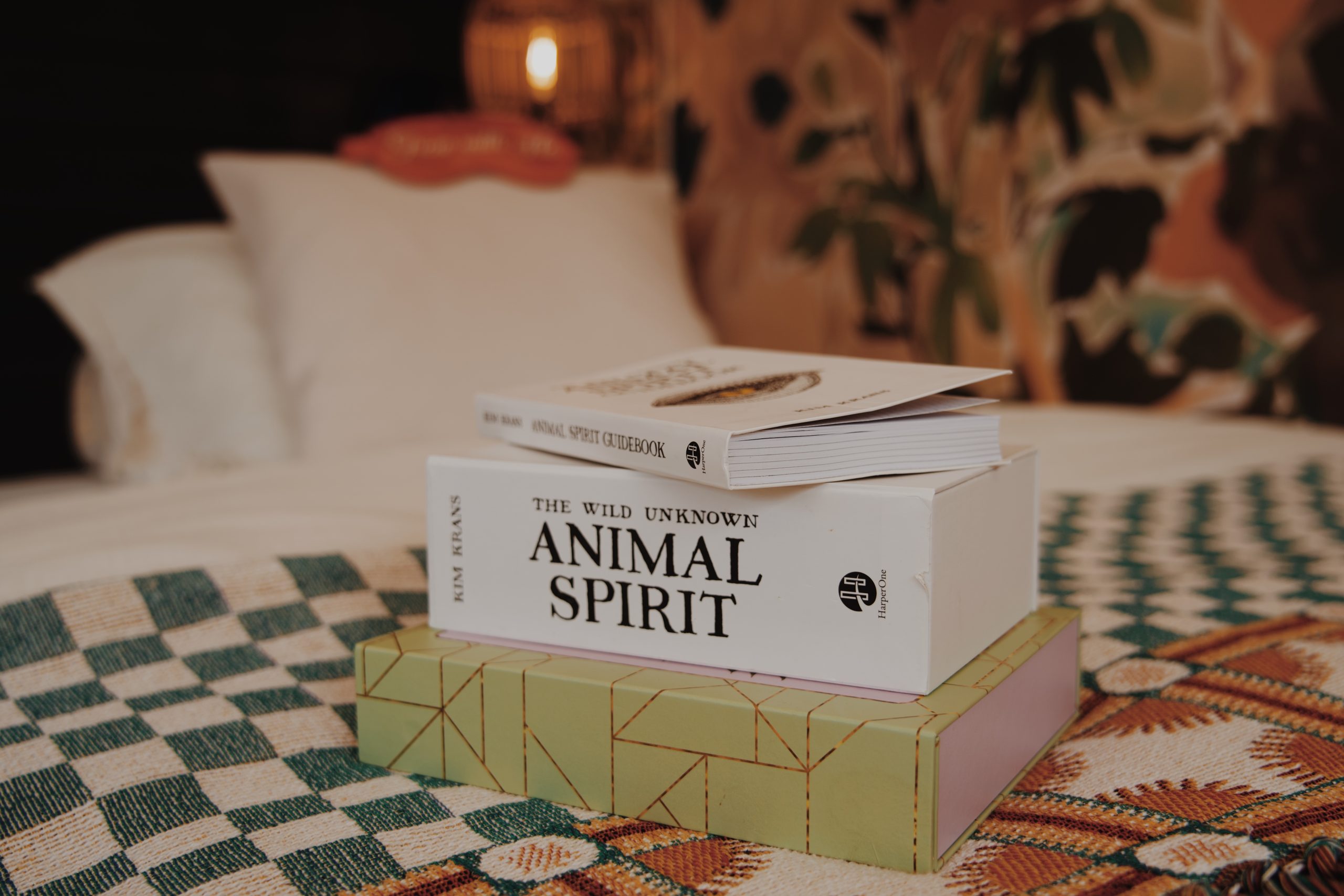Can You Redose Shrooms?
So, you’re preparing for a (guided) psilocybin journey. You’ve done your research, you’ve set your intentions, and you’re feeling ready. But there’s one question that often pops up, especially for first-timers: “What if the dose isn’t strong enough? Can I take a bit more later?”
As a coach who guides people through these profound experiences, it’s one I hear all the time. The short answer is yes, you can redose (or ‘top-up’) psilocybin, but timing is absolutely everything. Get it right, and you can gently extend or deepen your journey. Get it wrong, and you’re likely just wasting your precious mushrooms or truffles.
Let’s break down the what, when, and why of redosing, so you can go into your session feeling confident and clear.
The Golden Window for Redosing: 60 to 90 Minutes In
Imagine your psychedelic journey is like paddling a canoe out onto a vast, beautiful lake. Your initial dose is the big push from the shore that gets you moving. A redose is like an extra paddle stroke.
If you make that stroke too late, when you’ve already slowed down, it won’t do much. But if you do it just as you’re reaching your top speed, you can keep that momentum going for longer.
This is the sweet spot for a psilocybin top-up: around 60 to 90 minutes after your first dose.
At this point, you’re typically approaching or just reaching the ‘peak’ of the experience. Your body is fully receptive, but the rapid tolerance that psychedelics are famous for hasn’t properly kicked in yet.
What does a redose in this window do?
- It extends the journey: It can prolong the peak and plateau phase, keeping you in that deep, insightful state for an extra hour or two.
- It can gently increase intensity: If your initial dose felt a little underwhelming, a top-up here can help you go a bit deeper.
A good rule of thumb for the amount is to take about half of your initial dose. For example, if your starting dose was 15 grams of fresh truffles, a top-up of around 7.5g at the 90-minute mark is a common approach. This gently raises the intensity without sending you into an unexpectedly overwhelming space.

The Other Timings: Too Early or Too Late?
Within the first 30 minutes: Topping up this early isn’t really a ‘redose’ in the traditional sense. It essentially just becomes part of your initial dose. Some guides do this intentionally, giving a “starter” dose and then the rest a little later once they see how someone is feeling on the come-up. It works perfectly fine, but it’s more of a split dose than a mid-journey booster.
After 2 hours (post-peak): This is where you enter the land of diminishing returns. Once you’re past the peak and on the gentle slope back down, your brain has already started building a strong and immediate tolerance. It’s basically put up a “Do Not Disturb” sign on its serotonin receptors.
Taking more truffles at this stage is a bit like chasing a wave that has already passed. It generally won’t bring back the peak, and you won’t “climb back up” to the same height. At best, it might slightly prolong the mild afterglow. At worst, it’s a waste of truffles and can sometimes lead to feeling a bit mentally fatigued.
So, Why Does This Happen? A Quick Peek Under the Bonnet
Without getting too technical, psilocybin (and its active form, psilocin) works by interacting with specific ‘landing pads’ in your brain called serotonin 5-HT2A receptors.
When you take a dose, these landing pads get very busy. To prevent them from getting overwhelmed, your brain quickly and cleverly takes some of them offline. This process is called ‘downregulation’, and it’s the reason for the rapid tolerance you experience.
This tolerance builds incredibly quickly. Within a couple of hours of your first dose, it’s already in full swing, which is why a late top-up has such a blunted effect.
This also explains why you can’t have a powerful trip one day and another the next. Your brain’s landing pads need time to reset.
The Science Behind Rapid Psychedelic Tolerance
The rapid tolerance you experience with psilocybin is a fascinating neurological phenomenon known as tachyphylaxis. This isn’t like the tolerance you might build to caffeine over weeks; it happens acutely, within a single session. It’s driven primarily by the downregulation of serotonin 5-HT2A receptors. When these receptors are intensely stimulated by psilocin (the active form of psilocybin), the brain initiates a protective response. It internalises these receptors, pulling them back from the cell surface, which effectively reduces their number and sensitivity. This means that even if more psilocin arrives, there are fewer “landing pads” available for it to act on, resulting in a significantly blunted effect.
It’s important to distinguish this from pharmacokinetics, which is how fast the drug is metabolised and cleared from your body. The initial duration and intensity of your trip (the first 4-6 hours) are mostly governed by pharmacokinetics. However, the reason a second dose doesn’t work well is due to tachyphylaxis – the brain changing its response to the drug, not the drug itself disappearing.
This rapid downregulation is also why a waiting period is non-negotiable for resetting tolerance. Your brain needs time to ‘upregulate’ these receptors, returning them to the cell surface at their baseline density. Research from the 1950s and ’60s confirmed this, showing that subjects given a classic psychedelic on consecutive days reported virtually no subjective effects by the second or third day, even with increased doses. The 1-2 week break isn’t just a suggestion; it’s the time required for this crucial neurobiological reset.

What About Tripping Again Tomorrow? The “Wall” of Tolerance
This leads to another common question: “That was amazing! Can I do it again tomorrow?”
I’m afraid the answer is a simple “no”. By the next day, your tolerance will be so high that taking the same dose will likely produce a very subdued effect. To get anywhere close to the same intensity, you’d have to take a much larger dose (at least double of the first day), which is both inefficient and not advisable.
Your brain needs a reset period.
- After 3-7 days: Tolerance will have dropped significantly.
- After 1-2 weeks: You’re pretty much back to baseline, ready to experience the full effects again.
From a coaching perspective, this built-in recovery period is a gift. It encourages you to take time to integrate your experience – to process the insights and emotions that came up, rather than just rushing into the next journey.
How Does This Compare to LSD or Other Psychedelics?
You might be wondering if this is just a psilocybin thing. In short, no. This rapid tolerance is a hallmark of most classic psychedelics.
Because substances like LSD, mescaline, and 2C-B all work on those same serotonin landing pads, they share a cross-tolerance. This means if you have an LSD trip on Saturday, your psilocybin journey on Sunday will be significantly weakened (and vice versa).
They all require that 1-2 week reset period for the magic to fully return.
Understanding Cross-Tolerance With LSD and Other Psychedelics
Cross-tolerance occurs because classic psychedelics like psilocybin, LSD, DMT, and mescaline are all structural analogues of serotonin and share a primary mechanism of action: they are all potent agonists (activators) of the 5-HT2A receptor. Think of this receptor as a specific lock. These different substances are like different keys, but they all fit into and turn the same lock. When you use one key (e.g., psilocybin), the lock becomes temporarily ‘jammed’ or taken out of service (downregulated). Consequently, none of the other keys will work until the lock is fixed.
This is why someone made tolerant to LSD will also be tolerant to psilocybin, and vice-versa. The brain’s tolerance isn’t to the specific molecule, but to the type of stimulation that molecule provides at a specific receptor site. The practical implication is clear: you cannot alternate between different classic psychedelics to bypass tolerance. A one- or two-week break is needed (for full activation again) regardless of which substance you used.
It’s useful to contrast this with a substance like MDMA. While it has psychedelic properties, its primary mechanism is different. MDMA acts mainly as a serotonin-releasing agent, flooding the synapse with your brain’s own serotonin. The “loss of magic” or tolerance associated with frequent MDMA use is less about receptor downregulation and more about the depletion of serotonin stores and potential neurotoxicity. While there can be some short-term cross-over effects if used very close together, its long-term tolerance profile is distinct from classic serotonergic psychedelics.

Read more about redosing from an experience we’ve had with a coaching client.
Our Advice as Coaches: Plan Your Journey Thoughtfully
While redosing is a useful tool to have in your back pocket, our goal as facilitators is to help you find the right initial dose so that a top-up isn’t necessary. This is something we spend a lot of time on during our preparation sessions with clients, carefully considering your experience level, sensitivity, and intentions.
The best approach is to trust the process.
- Start with a considered dose. It’s often better to have a slightly milder but complete experience than to get into a headspace of constantly analysing “is this enough?”.
- If a redose feels right, aim for the 60-90 minute window.
- Listen to your mind and body. If you’re already feeling anxious or overwhelmed, adding more is not the answer. If you’re feeling clear and stable and wish to go deeper, an early booster can be a gentle way to do so.
- Embrace the integration period. Give yourself at least a week or two between journeys. The real work often happens in the days and weeks after the session, as you weave the insights back into your life.
I hope this guide clears things up for you. Knowing the mechanics can help you relax and surrender to the experience, whatever it may bring.
